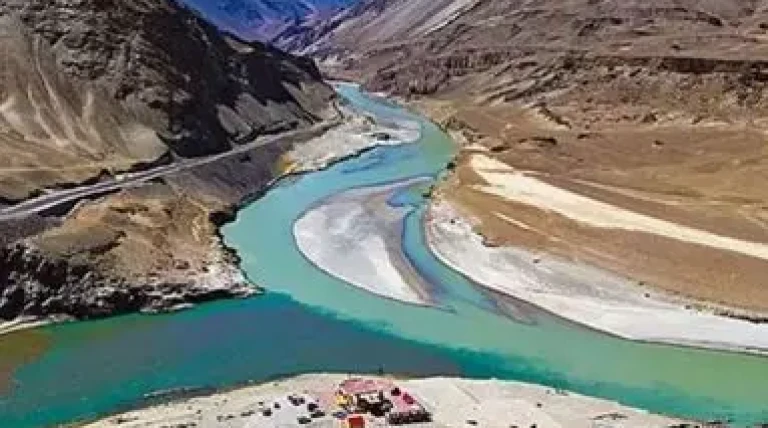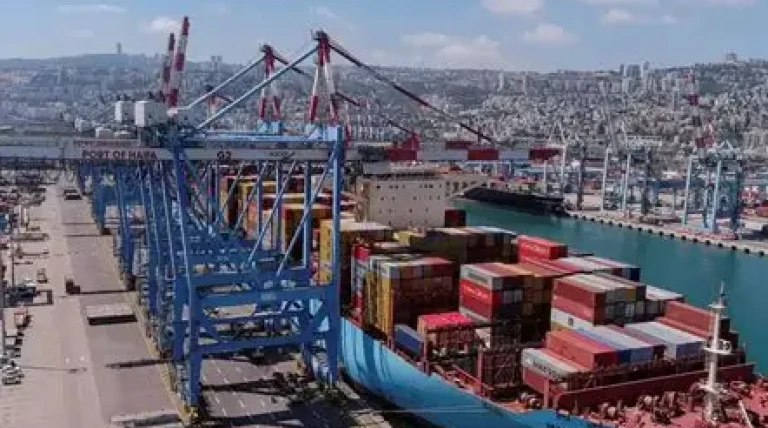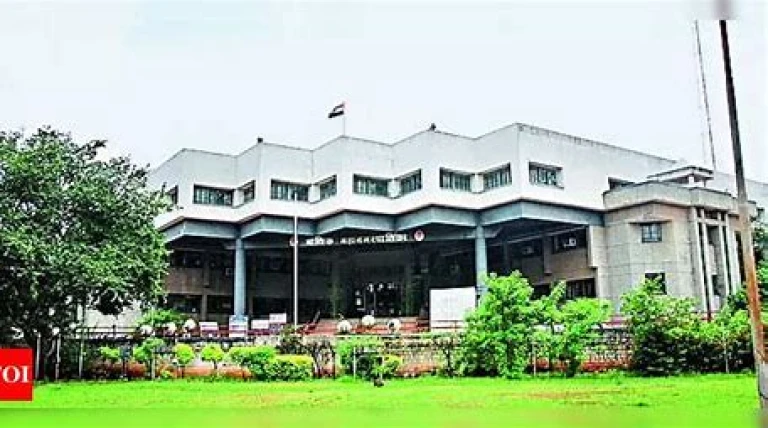India is moving forward with a significant inter-basin water transfer initiative to maximise its share of Indus waters under the Indus Waters Treaty. A key component is the construction of a 113 km-long canal to divert surplus flows from Jammu & Kashmir to the states of Punjab, Haryana, and Rajasthan. This marks a shift from short-term interventions to long-term infrastructure planning, including the revival of the long-delayed Ujh multipurpose project in Kathua.
Union Home Minister Amit Shah announced that Indus waters will reach Rajasthan’s Sri Ganganagar district via a new canal network within three years, promising extensive irrigation benefits. The proposed canal will interlink the Chenab, Ravi, Beas, and Sutlej rivers, connecting with existing canal systems at 13 junctions and integrating into the Indira Gandhi Canal network. This initiative is part of a broader national strategy to fully utilise India’s water entitlement under the Indus Waters Treaty while boosting climate resilience in water-scarce regions.
Additional plans include doubling the length of the Ranbir Canal, enhancing the efficiency of the Pratap Canal, and constructing a barrage on the Ravi River downstream of the Ujh to prevent surplus water from flowing into Pakistan. These long-term developments are supported by immediate measures such as desilting the Baglihar and Salal reservoirs and accelerating hydropower projects including Pakal Dul (1,000 MW), Ratle (850 MW), Kiru (624 MW), and Kwar (540 MW).
News by Rahul Yelligetti.
![{[setting('site_name')]}](https://projxnews.com/uploads/setting/16983847711140531930.webp)












